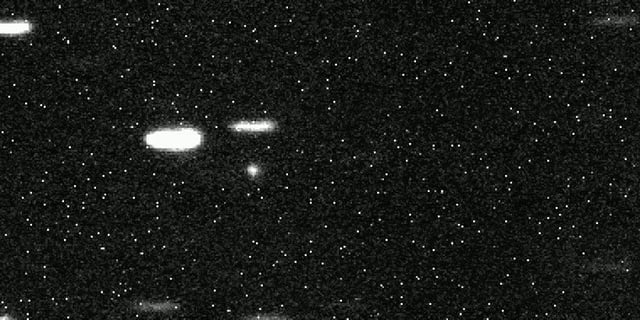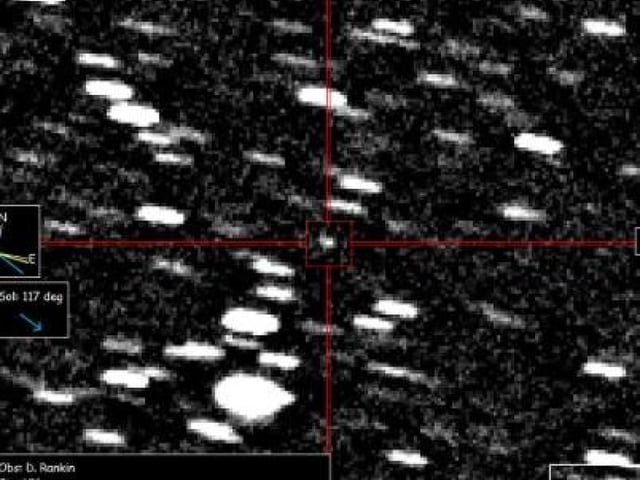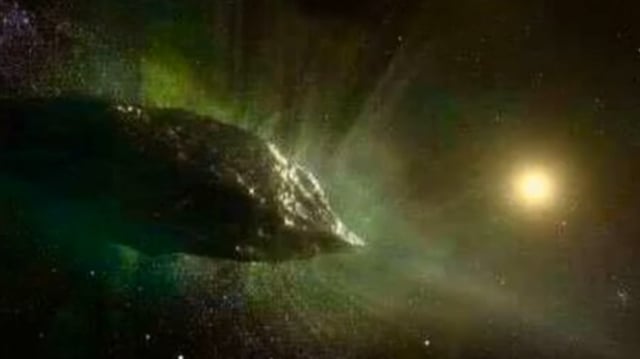Overview
- 3I/ATLAS was first detected by the ATLAS survey telescope in Chile on July 1 and swiftly cataloged by the IAU’s Minor Planet Center and NASA’s Jet Propulsion Laboratory.
- Follow-up measurements confirm a hyperbolic orbit with an eccentricity of about 6 and a velocity near 210,000 km/h, proving its origin beyond the Solar System.
- Recent observations have revealed a developing coma of gas and dust, indicating an icy composition and strengthening its classification as an interstellar comet.
- The object will reach perihelion around October 29 at roughly 220 million km from the Sun and make a safe closest approach to Earth of about 256 million km in December.
- Ongoing global monitoring, including live telescope broadcasts, aims to analyze its composition and shed light on the nature of extrasolar small bodies.


